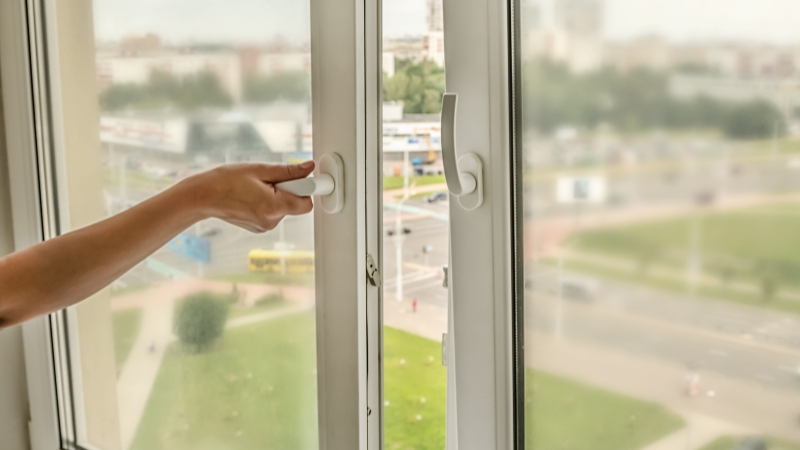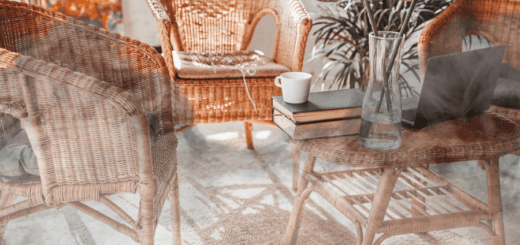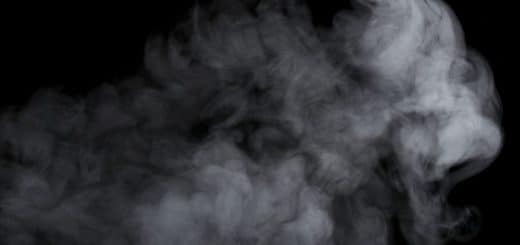How to Clean Painted Walls and Ceilings Affected by Smoke Damage
If you’ve experienced a fire in your home, then you know how devastating the smoke damage can be. Whether it’s from a cooking fire or something more serious, the resulting smoke and sootSoot is fine black particles composed of carbon and other ma... More left behind can not only cause unpleasant odors throughout your home, but also leave behind deposits of residueResidue is any leftover material, such as soot, dust, or che... More on walls and ceilings that require special attention to clean properly. If you are facing this situation in your home, don’t worry–the following effective steps will help you clean your painted walls and ceilings affected by smoke damage safely and efficiently.
1. Put on protective equipment
Safety is an absolute necessity when preparing to start the smoke and soot damage cleanup process. Taking all necessary precautions should include wearing the appropriate personal protection gear such as rubber safety gloves, an apron, and a nose mask for added protection. By taking the time to put on this protective clothing before attempting to fix your damaged ceilings and walls, you can avoid potential adverse reactions.
2. Ventilate the area
Having the right amount of air circulation is important to protect against any adverse effects of smoke and chemical vapors while cleaning. Opening all windows in the room and setting up a fan will ensure that the air circulates steadily throughout the space and can reduce any risks associated with inhaling pollutants from harsh cleaning products. As an additional precautionary measure, putting down a drop cloth to cover the area where you are working will also ensure that no further stains are created on the floor or elsewhere in the room.

3. Wipe down walls
To ensure an effective cleaning of any walls that have been impacted by sootSoot is fine black particles composed of carbon and other ma... More or smoke, use a chemical dry-cleaning spongeA sponge is a porous material used to absorb liquids or clea... More. The process requires patience, as you must wipe slowly and carefully, and make sure to wash and let the wall dry before continuing if the spongeA sponge is a porous material used to absorb liquids or clea... More becomes saturated with sootSoot is fine black particles composed of carbon and other ma... More or smoke. Using a ladder can be beneficial when cleaning high areas, and it is important to move from top to bottom and side to side while wiping with the chemical dry-cleaning spongeA sponge is a porous material used to absorb liquids or clea... More in order to adequately clean the entire area and obtain the best results.
4. Use an appropriate cleaning solution
If there are some stubborn sootSoot is fine black particles composed of carbon and other ma... More stains that the dry-cleaning spongeA sponge is a porous material used to absorb liquids or clea... More doesn’t resolve, it may be time for a stronger cleaning solutionA solution is a homogeneous mixture of two or more substance... More. Here are some solutions to try depending on your wall material or type of stain:
Nicotine
If a wall has been stained by cigarette smoke, try using a simple solutionA solution is a homogeneous mixture of two or more substance... More of half vinegar and half water to clean it. This will help to remove the stain and leave the paintwork unaffected. Once completed, you won’t need to worry about the smell of vinegar for long–it should diminish within 24 hours. If you have a painted wall that needs cleaning and deodorizing from nicotine, this solutionA solution is a homogeneous mixture of two or more substance... More is a good option to try.
Plaster
If your walls are damaged by smoke and made of plasterPlaster is a building material made of lime, gypsum, or ceme... More, you’ll want to be careful when choosing a cleaning solutionA solution is a homogeneous mixture of two or more substance... More. The wrong type of liquid-based cleaning product can make things worse in the long run by providing sootSoot is fine black particles composed of carbon and other ma... More with a path to settle further into the wall surface. To avoid this, opt for chemical sponges, paint thinner, or laboratory-quality alcohol on a clean cloth–this will help to gently lift and remove the soiling without pushing it deeper in.
Drywall
Mixing one tablespoon of trisodium phosphate in a gallon of warm water creates a solutionA solution is a homogeneous mixture of two or more substance... More that is highly effective for cleaning drywall, but also has the potential to be caustic and damaging. Because of this, it is essential to always wear protective gloves and goggles when using this solutionA solution is a homogeneous mixture of two or more substance... More. Apply the mixture liberally over one section of the wall at a time, taking care not to allow excess solutionA solution is a homogeneous mixture of two or more substance... More to penetrate the wall or seep into the baseboards underneath. The cleaning process should be accompanied by thorough and careful rinsing afterwards. Following these steps will ensure your drywall is clean, safe from hazardous chemicals, and free from mold-related issues.

Taking the necessary steps to properly clean painted walls and ceilings affected by smoke damage takes patience and proper technique. If a wall or ceiling appears to be permanently stained, it is important to contact our smoke damage cleanup professionals for assistance. Doing so will help eliminate any confusion about what cleaning product should be used, as well as offer guidance on safely completing the job.
Ultimately, safety should come first; following these tips can make all the difference when it comes to dealing with smoke damage and restoring your home’s appearance. Remember that action needs to be taken immediately after an incidentAn incident is an event or occurrence that causes damage, di... More involving smoke damage in order to limit long-term consequences. With the right know-how, you’ll be able to keep your walls and ceilings looking refreshed longer.












